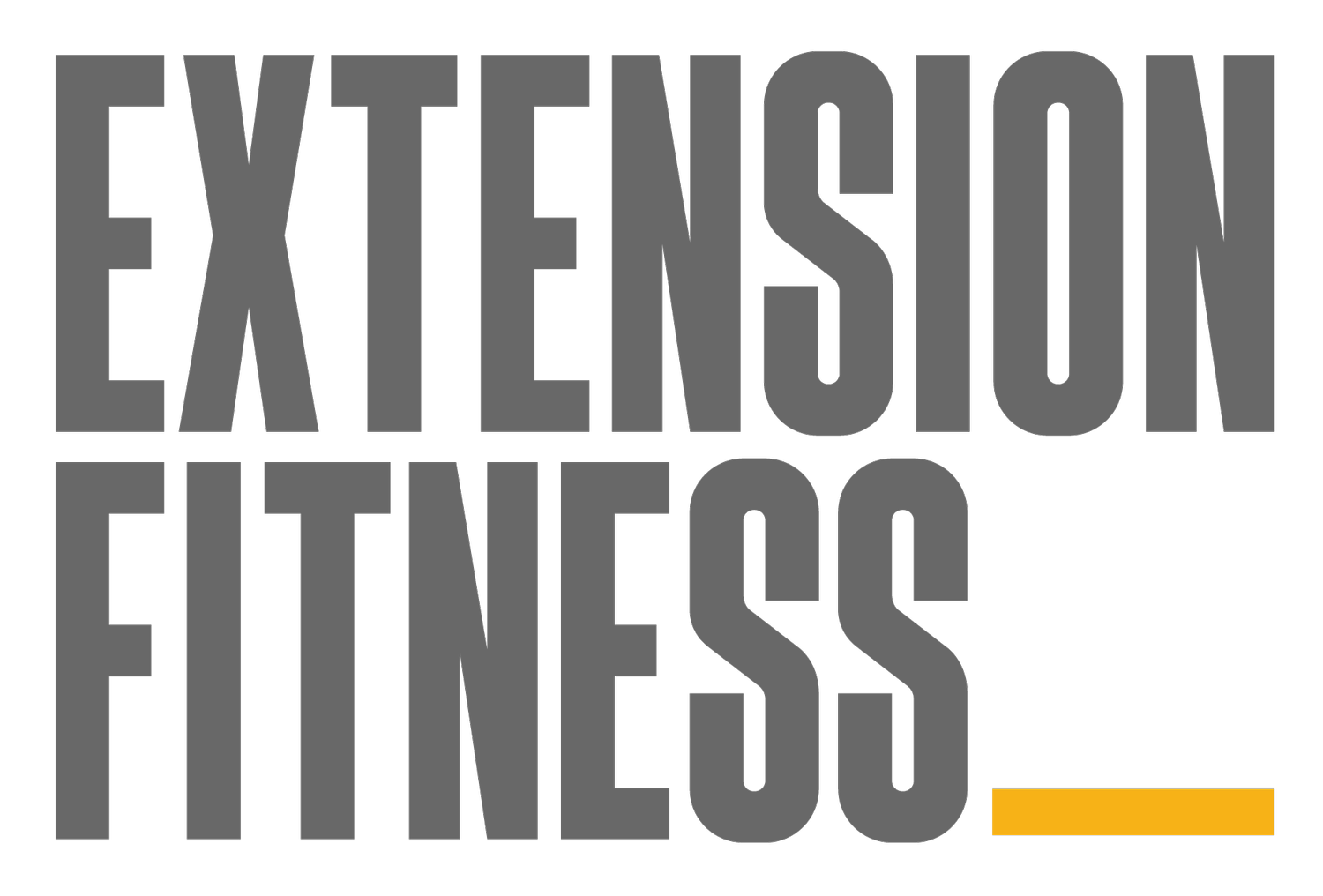Spring Run Club - Runners Rap Preview
I’m stoked to be collaborating with Say Yes Fitness to deliver Spring Run Club. It’s a six week course to equip people with everything needed to succeed as a fitness runner or recreational athlete.
Each week I deliver a Runners Rap - a short talk and notes about an important topic for comfortable, sustainable running, smart training and medium to long term improvement and performance.
Here’s one of the topics I covered in my week 1 Wrap - Easy Running.
Easy Running
Learning to keep your easy runs easy is a critical part of “succeeding” as a runner, from the once-a-week fitness runner to the serious marathoner. Easy runs help you to build aerobic fitness with the least possible fatigue cost and stress on your joints, muscles and tendons.
Many, many runners fall into what has been called a “moderate intensity rut” where they spend too much time at moderate intensities. This yields not much fitness for a high fatigue cost. Successful runners run easy a lot, but they also run hard. Finding the balance is key – about 80 percent of your total running time should be ‘easy’.
What do I mean by ‘easy’? Technically, this means that your effort level is below your aerobic threshold; the point at which your body starts to draw down on your short-term energy supplies.
How do you know whether it is easy? How do you know whether you’re beneath this threshold? There’s a few ways to measure this. There are a few low tech, highly reliable methods, including “the talk test” and heart rate monitoring.
Here’s how to do the talk test:
1. Set out at what feels like an easy pace (for you). After 5 minutes or so, say a 50 syllable statement, like,
“One hundred twenty one, one hundred twenty two, one hundred twenty three, one hundred twenty four, one hundred twenty five, one hundred twenty six, one hundred twenty seven”
2. Ask yourself, “Was my breathing comfortable?”. If yes, you’re in your aerobic zone, doing easy running. If no (or, if you’re in doubt), it’s very likely you’re over your threshold.
An important point for new runners to note is that you may be over this threshold when you run at any pace! Running is a lot more demanding than walking, and at the start of your journey you may not yet have the capability to run without drawing down your short-term, anaerobic (without oxygen) energy supplies.
If this is you, don’t fret. What you’ll need to do first is employ a run/jog and walk strategy. For example, you may set out for a 20 minute session, where you’ll run twenty seconds out of each minute, and walk forty seconds. As you go on and your fitness increases, you’ll be able to decrease the duration of the walking periods until you can do continuous running under your aerobic threshold.
